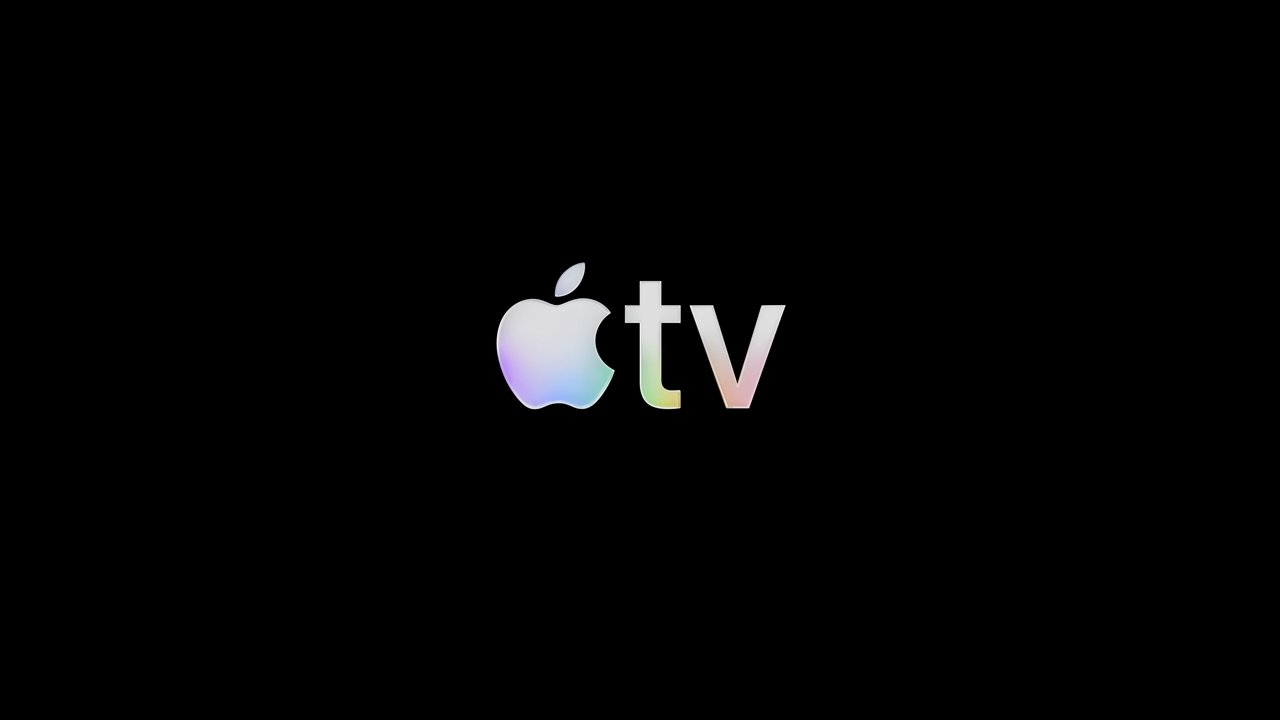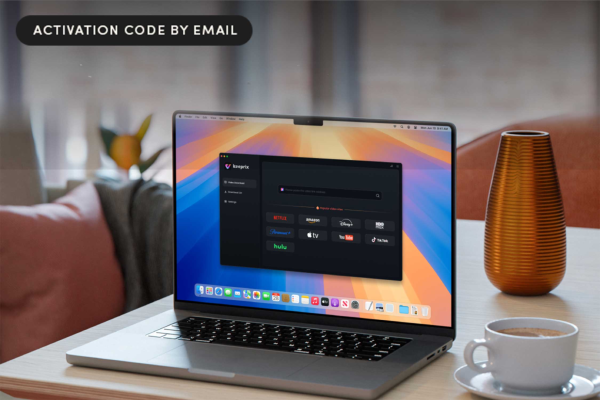-
Sep 16, 2024, 10:01 am1.1k pts Special Content
Special Content
The moving industry has historically been labor-intensive, with manual processes dominating many aspects of business operations. However, new technologies are revolutionizing how moving companies operate in the U.S., making the process more efficient, cost-effective, and customer-friendly. From online booking systems to artificial intelligence (AI) and smart inventory management tools, the adoption of these innovations is helping moving companies streamline their services, reduce errors, and improve customer satisfaction.
In this article, we'll explore how new technologies are optimizing the moving business and transforming the way companies handle relocations.
1. Online Booking Platforms and Mobile Apps
One of the most significant changes in the moving industry is the shift from traditional phone-based bookings to online booking platforms and mobile apps. Customers can now book moving services through websites or apps, compare prices, and receive instant quotes from multiple providers. This transition has made the moving process more transparent and convenient, giving customers the ability to choose a moving company that fits their budget and timeline.
Benefits:
- Instant Quotes: Customers receive immediate cost estimates after inputting details like move size, location, and services required. This saves time and eliminates the hassle of waiting for a callback from a moving company.
- Booking Convenience: With mobile apps, users can schedule moves, manage bookings, and make changes directly from their phones.
- Improved Customer Experience: These platforms provide detailed information about the move, such as tracking the movers' location and status updates in real-time.
By offering seamless booking solutions, moving companies can attract more customers, improve lead conversion, and reduce administrative workloads.
2. Artificial Intelligence (AI) for Estimating Moving Costs
Artificial Intelligence (AI) is transforming how moving companies estimate costs and predict move times. In the past, customers typically had to schedule in-home assessments, which could be time-consuming and subjective. Now, AI-powered tools can generate accurate quotes based on data entered by the customer, such as the number of rooms, furniture, and distance between locations.
AI's Role in Estimating Costs:
- Virtual Surveys: AI-powered apps use augmented reality (AR) to allow customers to perform virtual walkthroughs of their homes. The system calculates the volume and weight of items and provides an accurate moving estimate.
- Predictive Analytics: AI uses historical data to predict how long a move will take and which resources (trucks, labor) will be needed, helping companies better manage their schedules and pricing.
- Dynamic Pricing: AI systems can adjust pricing in real-time based on demand, helping companies optimize profit margins while offering competitive rates during slower periods.
These AI-driven solutions reduce human error in estimations and ensure that customers receive fair, accurate pricing without requiring in-person assessments.
3. Smart Inventory Management Systems
Inventory management has traditionally been a challenge for moving companies, with the risk of lost or damaged items being a constant concern. Smart inventory management systems powered by the Internet of Things (IoT) and cloud computing are addressing this issue.
How Smart Inventory Systems Work:
- Barcoding and RFID Tracking: Movers can scan each item using barcodes or RFID tags (Radio-Frequency Identification), ensuring that every piece of furniture or box is tracked from the start of the move to the final delivery.
- Cloud-Based Inventory: With cloud-based systems, movers and customers can access an itemized inventory list from anywhere. This transparency allows customers to monitor the status of their belongings throughout the move.
- Damage Prevention: Some systems use sensors to detect impacts during the moving process, alerting movers to handle fragile items more carefully.
This technology minimizes the risk of lost or damaged items, streamlining the entire logistics process. It also provides customers with peace of mind knowing their belongings are being tracked in real-time.
4. Automated Scheduling and Route Optimization
Efficiency is key in the moving industry, especially when handling multiple jobs across different locations. Automated scheduling and route optimization software help moving companies manage resources, reduce fuel costs, and improve on-time delivery rates.
Key Features:
- Smart Scheduling Tools: Automated scheduling tools assign jobs to crews based on availability, skills, and proximity to the job site. This helps companies allocate resources efficiently and minimize downtime.
- Route Optimization Software: This software uses real-time traffic data and predictive analytics to determine the most efficient routes for moving trucks. This reduces travel time, fuel consumption, and delivery delays.
- Dynamic Updates: If traffic conditions change or new jobs are added, the system updates routes and schedules in real-time, ensuring that crews stay on track.
By reducing the time spent on the road and improving fuel efficiency, these tools help moving companies save on operational costs while enhancing customer satisfaction through timely deliveries.
5. Data Analytics for Business Insights
Data analytics is becoming an essential tool for moving companies to make informed decisions and improve their operations. From analyzing customer preferences to identifying trends in the moving market, data analytics helps companies gain a competitive edge.
How Data Analytics Benefits Moving Companies:
- Customer Behavior Insights: By analyzing data from online bookings and customer feedback, companies can identify trends such as popular moving times, commonly requested services, and pricing preferences. This allows businesses to tailor their services to customer needs.
- Operational Efficiency: Analytics tools help companies track key performance indicators (KPIs) like job completion times, truck utilization, and employee productivity. These insights can lead to better resource allocation and cost savings.
- Predictive Maintenance: For companies managing a fleet of moving trucks, data analytics can predict when maintenance is needed, preventing breakdowns and reducing costly downtime.
With the ability to make data-driven decisions, moving companies can optimize their services, improve customer satisfaction, and boost profitability.
6. Virtual Reality (VR) for Training Movers
Training is a critical component of running a successful moving company such as https://unitedlocalmovers.com/, as properly trained movers can ensure safety, efficiency, and customer satisfaction. Virtual Reality (VR) is emerging as a tool to provide hands-on training for movers, allowing them to practice in simulated environments before they handle real-world tasks.
VR Training for Movers:
- Simulated Scenarios: VR allows movers to practice lifting techniques, navigating difficult spaces, and packing fragile items without risk. They can go through various moving scenarios, from tight stairwells to heavy furniture, ensuring they are fully prepared.
- Cost-Effective: VR reduces the need for on-the-job training with real customers, minimizing the risk of mistakes and damage to property.
- Consistency: VR provides standardized training for all employees, ensuring that everyone follows the same procedures and safety protocols.
This technology ensures that movers are well-prepared and reduces the learning curve, leading to fewer mistakes and a smoother moving experience for customers.
7. Blockchain for Contract Management and Payments
Blockchain technology is making its way into the moving industry by improving the security and transparency of contracts and payments. Blockchain creates secure, immutable records of transactions, which can be particularly useful for high-value moves or cross-country relocations where disputes can arise.
Applications of Blockchain in the Moving Industry:
- Smart Contracts: Movers can use blockchain to establish smart contracts, which are self-executing contracts with terms written into code. This ensures that both parties fulfill their obligations, such as payment upon delivery, reducing disputes.
- Secure Payments: Blockchain enables secure, traceable payments that protect both movers and customers from fraud or payment delays. It can also facilitate international payments in cross-border moves.
- Transparent Records: Blockchain provides a transparent, verifiable record of the moving process, including timestamps for when items were loaded, moved, and delivered.
Blockchain enhances trust between movers and customers by ensuring all agreements are clear, transparent, and immutable.
Conclusion
The adoption of new technologies is transforming the U.S. moving industry, offering substantial benefits to both businesses and customers. From AI-powered cost estimations and smart inventory tracking to VR training and blockchain-secured contracts, these innovations are streamlining operations, reducing errors, and enhancing the customer experience. As moving companies continue to invest in technology, they will not only improve efficiency but also gain a competitive edge in an increasingly digital marketplace.
With technology leading the way, the moving business is poised for a future that is faster, smarter, and more customer-centric than ever before.
Trending Today on MacHash
MacHash is your real-time Apple news aggregator, delivering the latest headlines on Apple, Mac, iPhone, iPad, and iOS from top sources across the web.
As a powerful content discovery platform, MacHash continuously curates breaking news, product announcements, software updates, reviews, and industry insights related to Apple Inc. and its ecosystem.
MacHash helps you stay informed on everything from macOS and iOS developments to Apple Watch, AirPods, and the latest in tech and app innovation.
Access MacHash from your desktop or mobile device to explore, follow, and share the most trusted Apple news all in one place.















